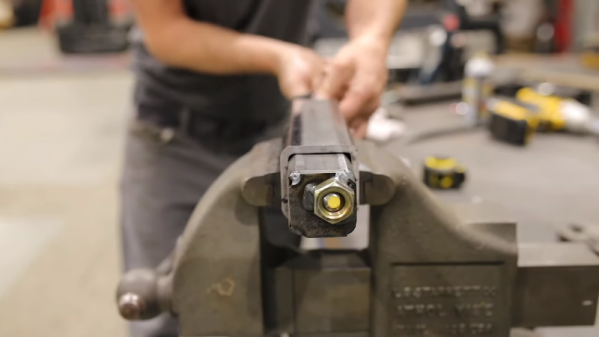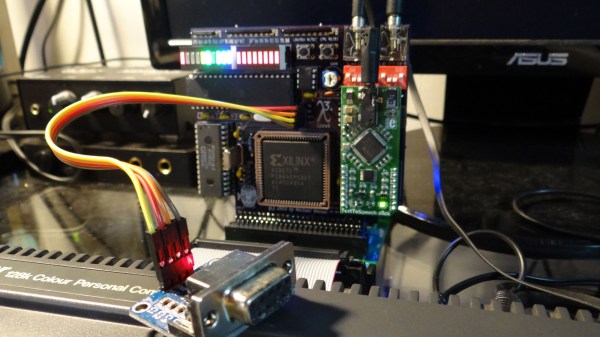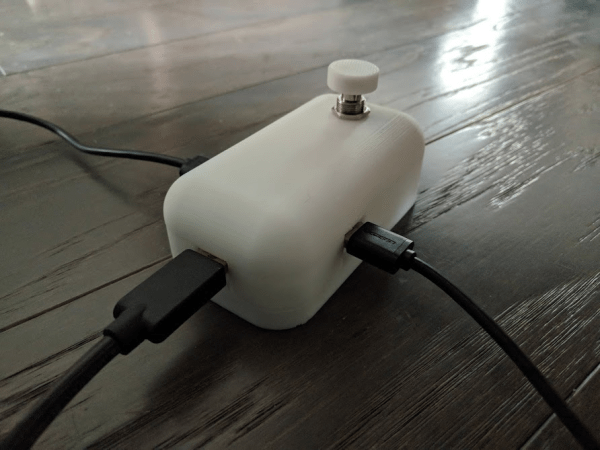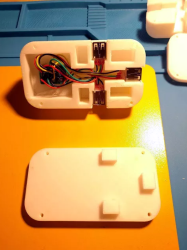There are some utility bicycles on the market, some with electric motors to help carry a good bit of cargo. If you really need to haul more weight than a typical grocery-getter like this, you’ll want to look into a tricycle for higher capacity loads. Nothing you’ll find will match this monstrous electric tricycle hand-built by [AtomicZombie] out of junkyard parts, though. It’s a mule.
Since [AtomicZombie] sourced most of the underpinnings of this build from the junkyard, it’s based on an old motorcycle frame combined with the differential from a pickup truck, with a self-welded frame. He’s using an electric motor and a fleet of lead acid batteries for the build (since weight is no concern) and is using a gear reduction large enough to allow him to haul logs and dirt with ease (and dump them with the built in dump-truck bed), and even pull tree stumps from the ground, all without taxing the motor.
[AtomicZombie] documented every step of the build along the way, and it’s worth checking out. He uses it as a farm tractor on his homestead, and it is even equipped with a tow hitch to move various pieces of equipment around. Unlike a similar three-wheeled electric contraption from a while back, though, this one almost certainly isn’t street legal, but it’s still a blast!

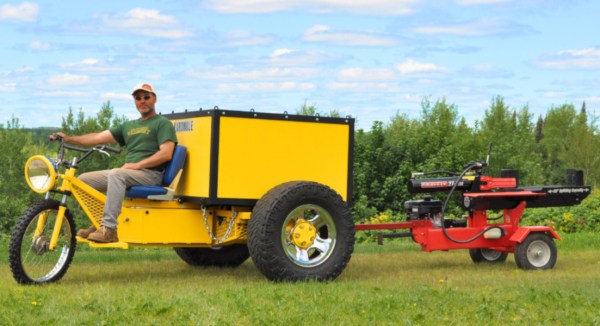

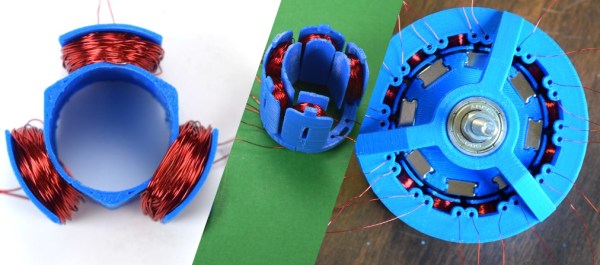
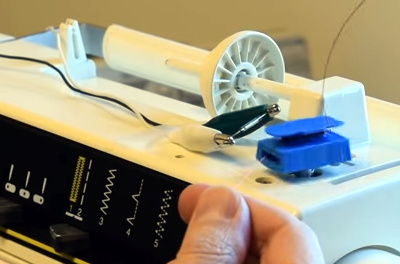 The fun of this project is copying the components found in the commercial hardware and varying the windings and coil count to see how it affects performance. If you have ever wound magnet wire around a nail to make an electromagnet, you know it is tedious work so check out their 3D printed coil holder with an embedded magnet to trigger a winding count and a socket to fit on a sewing machine bobbin winder. If you are going to make a bunch of coils, this is going to save headaches and wrist tendons.
The fun of this project is copying the components found in the commercial hardware and varying the windings and coil count to see how it affects performance. If you have ever wound magnet wire around a nail to make an electromagnet, you know it is tedious work so check out their 3D printed coil holder with an embedded magnet to trigger a winding count and a socket to fit on a sewing machine bobbin winder. If you are going to make a bunch of coils, this is going to save headaches and wrist tendons.